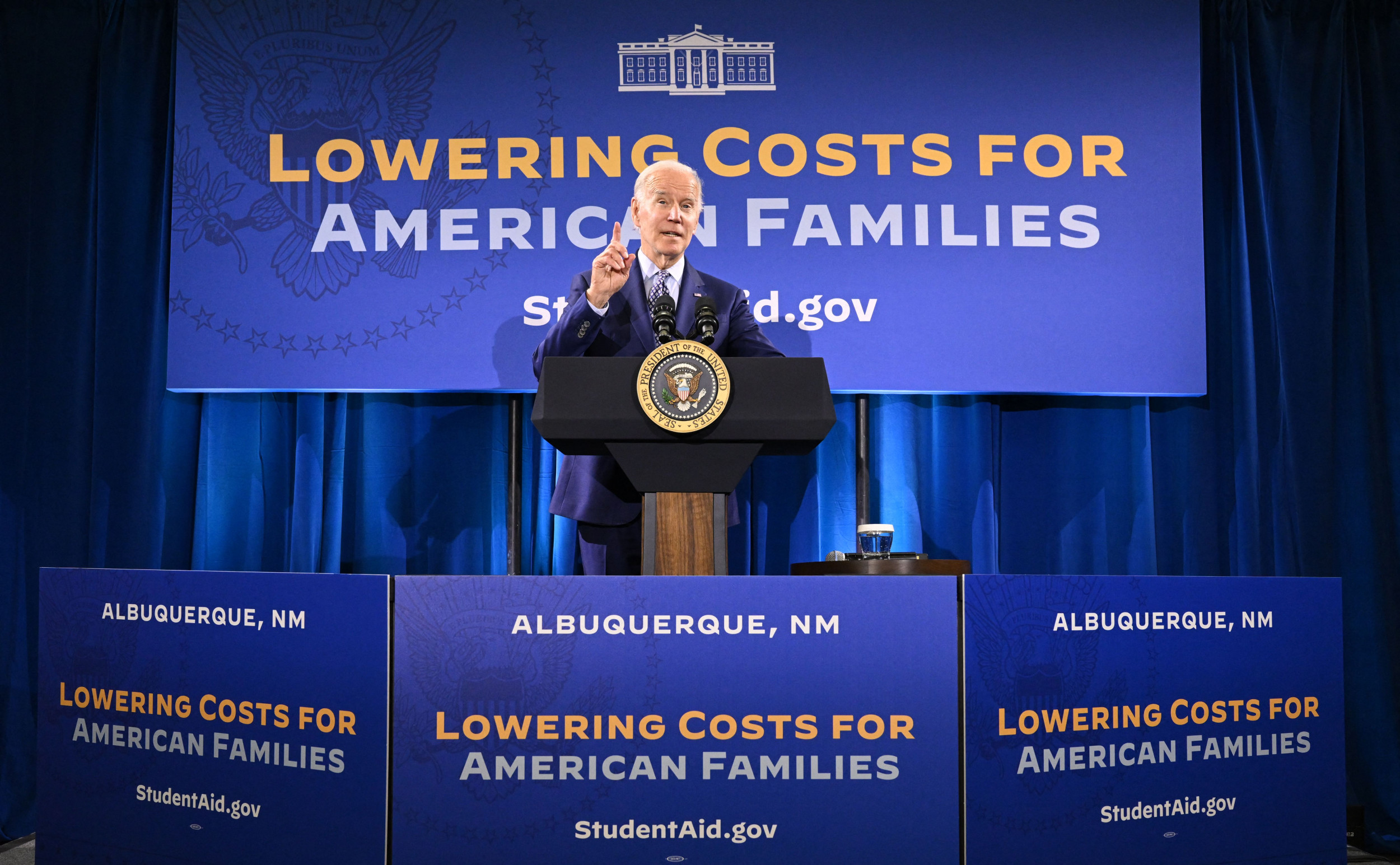Amid this year's presidential election, GOP pollster Mitchell Brown told Fox Business' Stuart Varney on Thursday that he predicts neither former President Donald Trump nor Vice President Kamala Harris will win all three key battleground states—Michigan, Wisconsin, and Pennsylvania—a scenario that hasn't occurred since the 1988 election.
On Varney & Co. on Thursday, Varney asked Brown if the trend line is in Trump's favor, to which Brown responded, "Yes, the trend line is great. I'm no longer worried anywhere in the South—North Carolina, Georgia, Arizona and Nevada—good to go."
Turning to the Rust Belt region and battleground states of Michigan, Wisconsin and Pennsylvania, which have been referred to as the "Blue Wall," Brown said, "If you look in 2016, Trump won all three of those states, obviously Biden won all three of those swing states...in 2020."
The winner of those states often wins the presidency, with the exception of Democratic candidate Al Gore, who secured all three but lost the 2000 presidential election to President George W. Bush.
"What I see here, is that neither candidate would win all three of those, that means Trump just taking one—he has the election won," Brown said on Thursday.
His prediction that the states will be possibly split between the two major party candidates hasn't happened since the 1988 election between Vice President George H.W. Bush and Massachusetts Governor Michael Dukakis when Bush won Michigan and Pennsylvania and Dukakis took Wisconsin.
"I still believe that Wisconsin and Pennsylvania are the two most likely to fall for Trump, but if turnout is maximized and we see a repeat, it would be all three for Trump and zero for Kamala," the GOP pollster added.
Newsweek has reached out to Harris' and Trump's campaign for comment via email on Thursday.

Pennsylvania is a key battleground state in this year's election, with Trump and Harris vying for its crucial Electoral College votes. The Keystone State's 19 electoral votes—more than any other swing state—could determine the outcome of the election.
Trump narrowly won Pennsylvania in 2016 against Hillary Clinton, while President Joe Biden flipped it in 2020. The race in the state is expected to be decided by a few thousand votes, and both major party candidates have been repeatedly campaigning there.
Most Pennsylvania polls show a narrow margin between the Republican and Democratic presidential nominees, with leads fluctuating within the margin of error, making the state a toss-up.
Harris' clearest path to victory next month would be to win the three "Blue Wall" battleground states, barring any shock results elsewhere. Trump's most efficient path to 270 Electoral College votes would be to win the swing states of North Carolina and Georgia while flipping Pennsylvania.
In Wisconsin, aggregate polls are deadlocked, with The Hill showing Trump with a 0.4 percent lead, 48.5 to Harris' 48.1 percent, while RealClear Polling shows a tighter race, with Trump ahead by 0.2 percent. Meanwhile, Nate Silver's Silver Bulletin finds Harris up by 0.5 percent in the state and The New York Times finds Harris up 49 percent to Trump's 48 percent.
Similarly, Michigan shows a tight race with The Hill aggregate showing Trump with a 0.1 percentage point lead, RealClear Polling with a slightly higher edge for Trump of 0.2 percent, whereas Silver Bulletin shows a 0.7 percentage lead for Harris, similar to The Times finding Harris up by 1 percentage point.
National aggregate polls show Harris narrowly leading Trump, but recent polls indicate the gap has tightened further. The Times' aggregate shows Harris up 49 percent to Trump's 48 percent, while The Hill shows a slightly tighter lead for Harris of 0.9 percent, 48.7 percent to Trump's 47.8 percent. RealClear Polling finds Harris with only a 0.2 percentage point lead, 48.7 percent to Trump's 48.5 percent.
Nationwide and aggregate polls gauge voter sentiment, but individual states and their Electoral College votes ultimately decide the presidential election. To win the presidency, a candidate must secure 270 electoral votes, which doesn't always align with the national popular vote.
State-specific victories are crucial to securing electoral votes, as seen in the 2016 election when Democrat Hillary Clinton won the popular vote but lost the presidency to Trump by failing to reach 270 Electoral College votes.
While pollster Nate Silver's nationalpolling aggregate shows Harris ahead by 1.6 percentage points, his current forecast gives Trump a 52.7 percent chance of winning, compared to Harris' 47 percent. Pollsters, statisticians and political analysts all largely consider the race a toss-up.




![SOURCE SPORTS: [WATCH] Mets Capt. David Wright Gives Interesting Insight On The Honor Of His Jersey Retirement In Citi Field](https://thesource.com/wp-content/uploads/2025/01/01fs75fy836w8mp4ytwr.webp)















 English (US) ·
English (US) ·